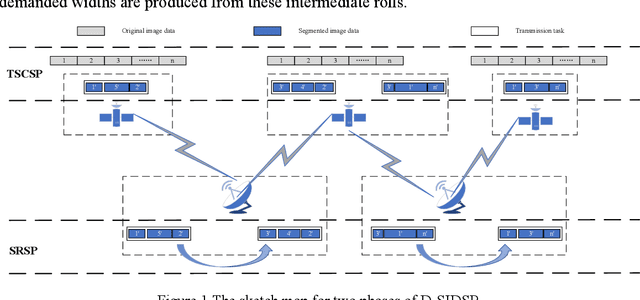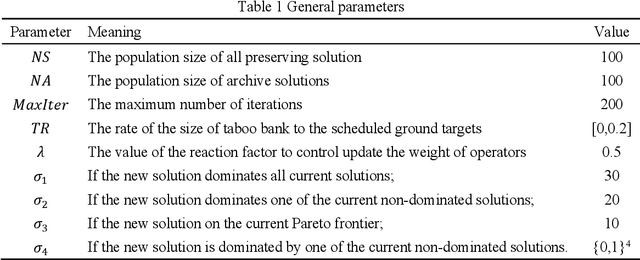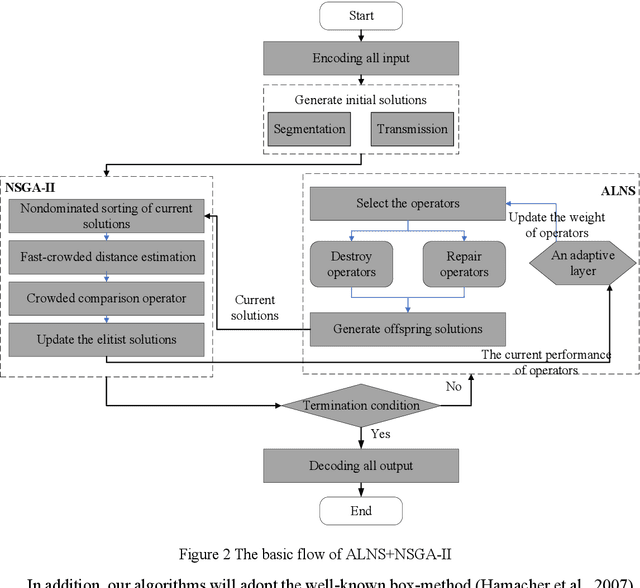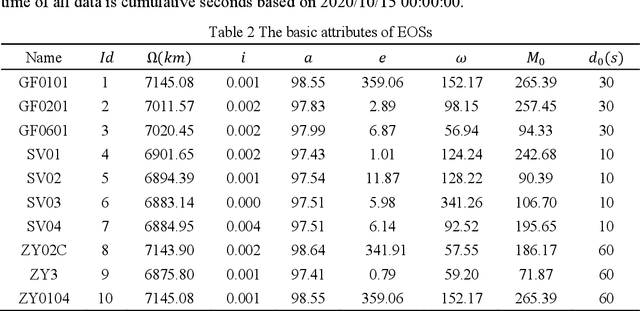An adaptive bi-objective optimization algorithm for the satellite image data downlink scheduling problem considering request split
Paper and Code
Jun 28, 2022



The satellite image data downlink scheduling problem (SIDSP) is well studied in literature for traditional satellites. With recent developments in satellite technology, SIDSP for modern satellites became more complicated, adding new dimensions of complexities and additional opportunities for the effective use of the satellite. In this paper, we introduce the dynamic two-phase satellite image data downlink scheduling problem (D-SIDSP) which combines two interlinked operations of image data segmentation and image data downlink, in a dynamic way, and thereby offering additional modelling flexibility and renewed capabilities. D-SIDSP is formulated as a bi-objective problem of optimizing the image data transmission rate and the service-balance degree. Harnessing the power of an adaptive large neighborhood search algorithm (ALNS) with a nondominated sorting genetic algorithm II (NSGA-II), an adaptive bi-objective memetic algorithm, ALNS+NSGA-II, is developed to solve D-SIDSP. Results of extensive computational experiments carried out using benchmark instances are also presented. Our experimental results disclose that the algorithm ALNS+NSGA-II is a viable alternative to solve D-SIDSP more efficiently and demonstrates superior outcomes based on various performance metrics. The paper also offers new benchmark instances for D-SIDSP that can be used in future research works on the topic.
 Add to Chrome
Add to Chrome Add to Firefox
Add to Firefox Add to Edge
Add to Edge